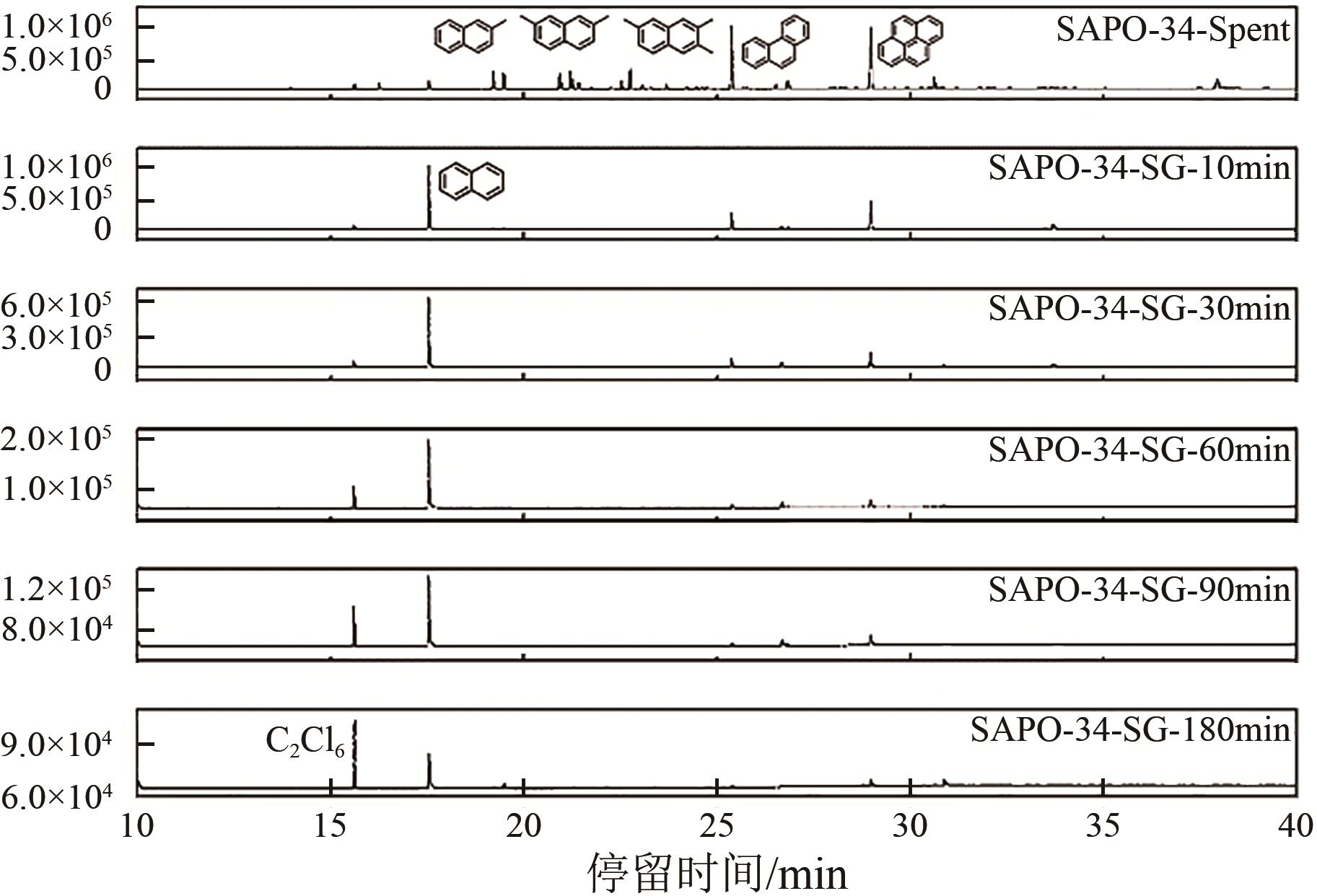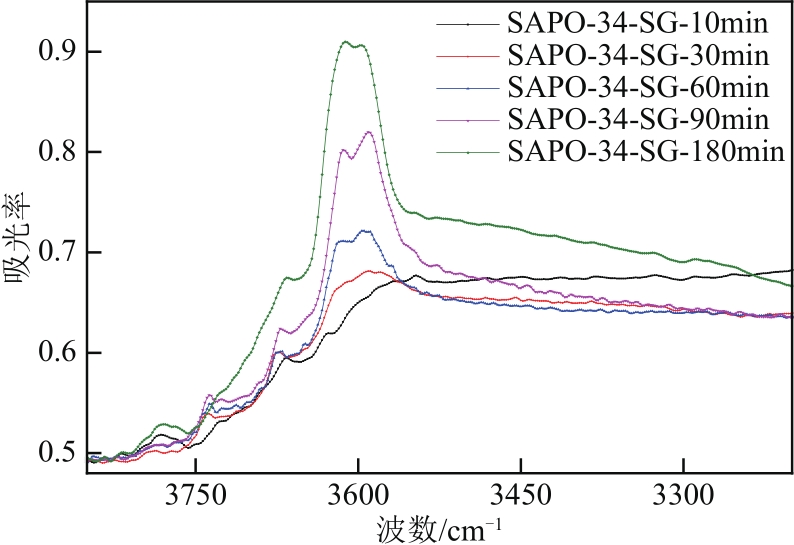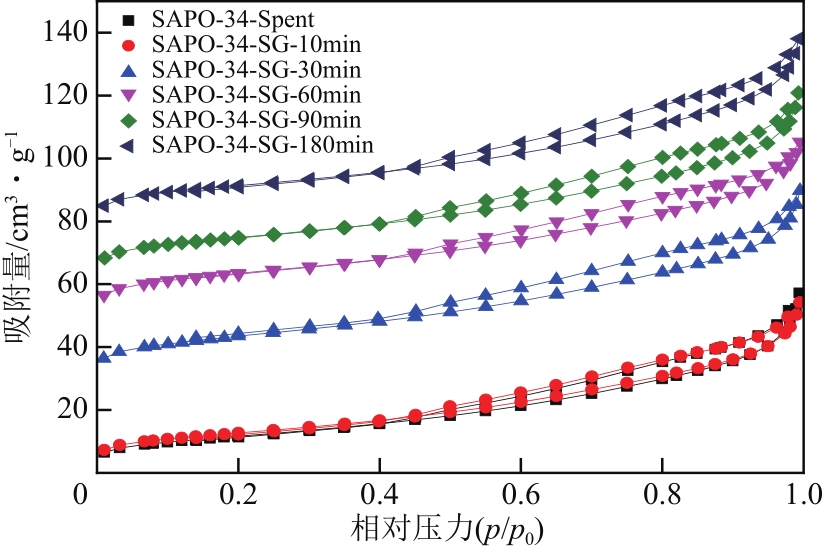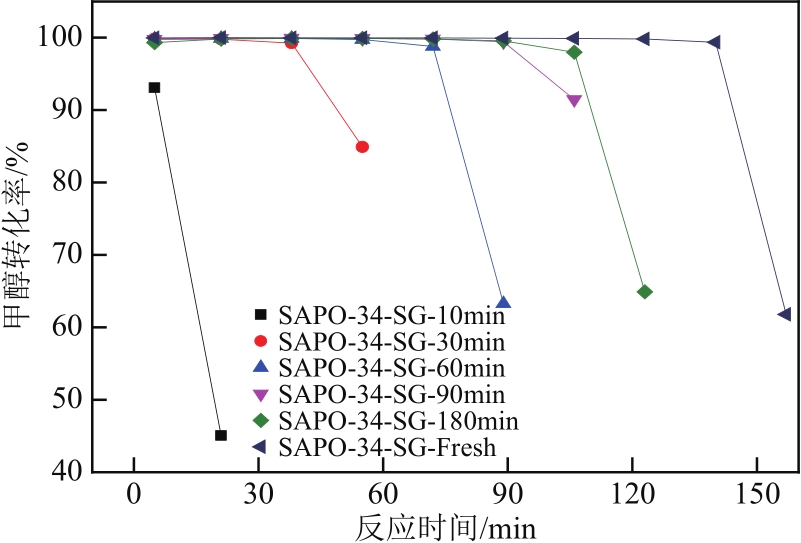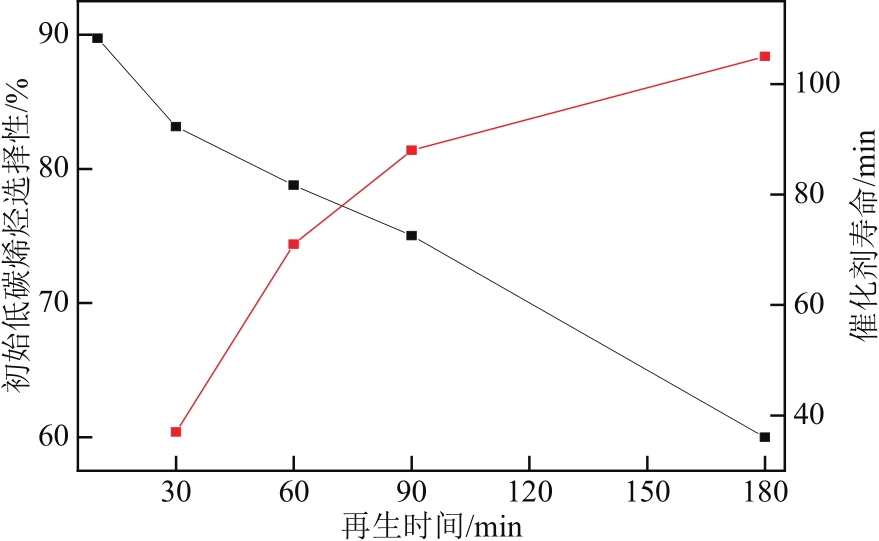| 1 |
REGLI L, BORDIGA S, ZEEEHINA A, et al. Acidity properties of CHA-zeolites (SAPO-34 and SSZ-13): an FTIR spectroscopic study[J]. Study in Surface Science & Catalysis, 2005, 155(5): 471-479.
|
| 2 |
WATANABE Y, KOIWAI A, TAKEUCHI H, et al. Multinuclear NMR studies on the thermal stability of SAPO-34[J]. Journal of Catalysis, 1993, 143: 430-436.
|
| 3 |
LIU G Y, TIAN P, LI J Z, et al. Synthesis, characterization and catalytic properties of SAPO-34 synthesized using diethylamine as a template[J]. Microporous and Mesoporous Materials, 2008, 111(1/2/3): 143-149.
|
| 4 |
CHEN J Q, BOZZANO A, GLOVER B, et al. Recent advancements in ethylene and propylene production using the UOP/Hydro MTO process[J]. Catalysis Today, 2005, 106: 103-107.
|
| 5 |
HUTCHINGS G J, JOHNSTON P. Methanol conversion to hydrocarbons: investigation of the possible role of carbon monoxide in the formation of the initial carbon-carbon bond[J]. Applied Catalysis, 1990, 67: L5-L9.
|
| 6 |
DAHL I M, KOLBOE S. On the reaction mechanism for propene formation in the MTO reaction over SAPO-34[J]. Catalysis Letters, 1993, 20(3/4): 329-336.
|
| 7 |
DAHL I M, KOLBOE S. On the reaction mechanism for hydrocarbon formation from methanol over SAPO-34 (II): isotopic labeling studies of the co-reaction of propene and methanol[J]. Journal of Catalysis, 1996, 161: 304-309.
|
| 8 |
DAHL I M, KOLBOE S. On the reaction mechanism for hydrocarbon formation from methanol over SAPO-34 (I): isotopic labeling studies of the co-reaction of ethene and methanol[J]. Journal of Catalysis, 1994, 149: 458-464.
|
| 9 |
SONG W G, HAW J F, NICHOLAS J B, et al. Methylbenzenes are the organic reaction centers for methanol-to-olefin catalysis on HSAPO-34[J]. Journal of the American Chemical Society, 2000, 122: 10726-10727.
|
| 10 |
ILIAS S, BHAN A. Mechanism of the catalytic conversion of methanol to hydrocarbons[J]. ACS Catalysis, 2012, 3(1): 18-31.
|
| 11 |
GAO S S, XU S T, WEI Y X, et al. Insight into the deactivation mode of methanol-to-olefins conversion over SAPO-34: coke, diffusion, and acidic site accessibility[J]. Journal of Catalysis, 2018, 367: 306-314.
|
| 12 |
CHEN D, REBO H P, MOLJORD K, et al. The role of coke deposition in the conversion of methanol to olefins over SAPO-34[J]. Studies in Surface Science and Catalysis, 1997, 111: 159-166.
|
| 13 |
FROMENT G F. Kinetic modeling of hydrocarbon processing and the effect of catalyst deactivation by coke formation[J]. Catalysis Reviews, 2008, 50(1): 1-18.
|
| 14 |
TIAN P, WEI Y X, YE M, et al. Methanol to olefins (MTO): from fundamentals to commercialization[J]. ACS Catalysis, 2015, 5(3): 1922-1938.
|
| 15 |
ZHOU J B, ZHANG J L, ZHI Y C, et al. Partial regeneration of the spent SAPO-34 catalys in the methanol-to-olefins process via steam gasification[J]. Industrial & Engineering Chemistry Research, 2018, 57(51): 17338-17347.
|
| 16 |
ZHOU J B, GAO M B, ZHANG J L, et al. Directed transforming of coke to active intermediates in methanol-to-olefins catalyst to boost light olefins selectivity[J]. Nature Communications, 2021, 12(1): 17.
|
| 17 |
AGUAYO A T, GAYUBO A G, ATUTXA A, et al. Regeneration of a catalyst based on a SAPO-34 used in the transformation of methanol into olefins[J]. Journal of Chemical Technology and Biotechnology, 1999, 74(11): 1082-1088.
|
| 18 |
王彪, 李涛应, 房鼎业, 等. 流化床中甲醇制低碳烯烃反应再生过程研究[J]. 高校化学工程学报, 2011, 25(2): 236-241.
|
|
WANG B, LI T Y, FANG D Y, et al. Study on regeneration process of methanol to light olefins in fluidized bed reactor[J]. Journal of Chemical Engineering, 2011, 25(2): 236-241.
|
| 19 |
MAGNOUX P, ROGER P, CANAFF C, et al. New technique for the characterization of carbonaceous compounds responsible for zeolite deactivation[J]. Studies in Surface Science & Catalysis, 1987, 34: 317-330.
|
| 20 |
ZIBROWIUS B, LOFFLER E, HUNGER M. Multinuclear MAS NMR and IR spectroscopic study of silicon incorporation into SAPO-5, SAPO-31, and SAPO-34 molecular sieves[J]. Zeolites, 1992, 12(2): 167-174.
|
| 21 |
SUZUKI K, NISHIO T, KATADA N, et al. Ammonia IRMS-TPD measurements on Bronsted acidity of proton-formed SAPO-34[J]. Physical Chemistry Chemical Physics, 2011, 13(8): 3311-3318.
|
 ), 周吉彬1, 张今令1, 张涛1, 叶茂1(
), 周吉彬1, 张今令1, 张涛1, 叶茂1( ), 刘中民1,2
), 刘中民1,2
 ), ZHOU Jibin1, ZHANG Jinling1, ZHANG Tao1, YE Mao1(
), ZHOU Jibin1, ZHANG Jinling1, ZHANG Tao1, YE Mao1( ), LIU Zhongmin1,2
), LIU Zhongmin1,2


